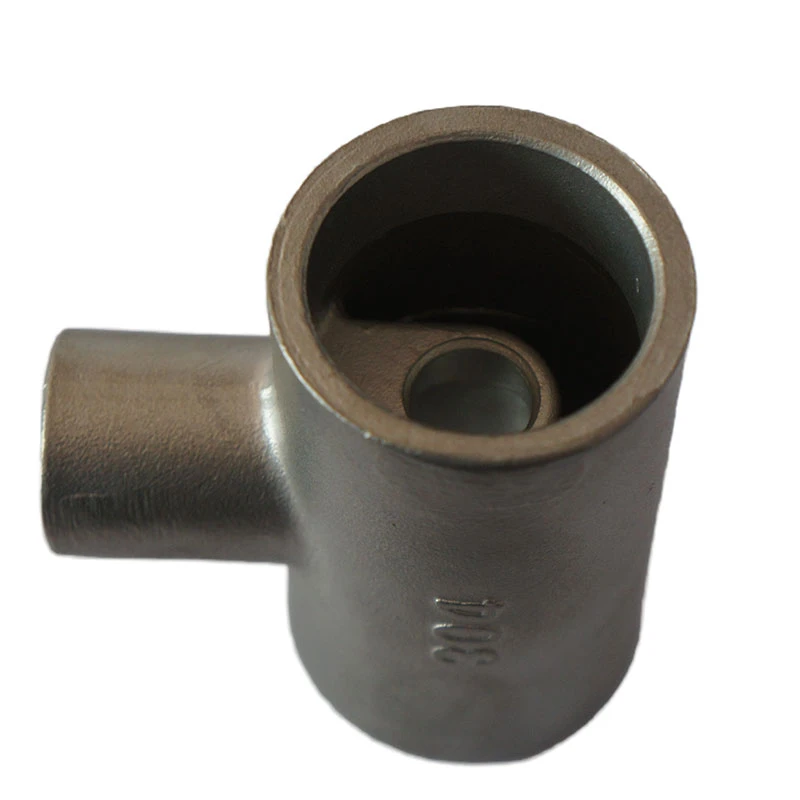Innovative Techniques for Ink Stamping on Metal Components in Manufacturing
The Evolution and Importance of Ink Stamping in Metal Parts Production
Ink stamping has emerged as a significant technique in the manufacturing of metal parts, particularly in applications that require precision, durability, and aesthetic appeal. This article aims to explore the processes, advantages, and future trends of ink stamping in the production of metal components.
Understanding Ink Stamping
Ink stamping is a process where ink is applied to the surface of metal parts through a stamping mechanism. This technique is commonly used to mark or label components for identification, branding, or decorative purposes. The process involves the transfer of ink from a stamp to the metal part, producing clear and vivid markings that are resistant to wear and tear.
The Process of Ink Stamping
The ink stamping process begins with the design of the stamp, which can be customized to meet the specific needs of a project. This design is usually created using advanced software that allows for intricate detailing. Once the design is finalized, a physical stamp is produced, typically from durable materials such as steel or rubber.
Next, the metal parts are prepared for stamping. This includes cleaning the surfaces to ensure that the ink adheres properly. Once prepared, the metal parts are placed on a stamping machine, which applies the inked stamp onto the surface of the metal. The pressure and speed of the stamping process can be adjusted to achieve the desired impression quality.
Advantages of Ink Stamping Metal Parts
Ink stamping offers several advantages over other marking techniques. First and foremost, it provides high-resolution markings that can include detailed logos, barcodes, or serial numbers. This precision is particularly important in industries where traceability and identification are crucial, such as aerospace, automotive, and electronics.
ink stamping metal parts

Another significant advantage is the durability of the markings. Once stamped, the ink can withstand harsh conditions, including chemicals, moisture, and extreme temperatures, ensuring that the information remains legible throughout the product’s lifespan. Additionally, ink stamping allows for a fast turnaround time, enabling manufacturers to meet tight production schedules without compromising quality.
Applications of Ink Stamping
The applications of ink stamping in metal parts production are vast. In the automotive sector, components may be marked with VIN numbers or part numbers for identification purposes. In electronics, circuit boards and casing can feature ink-stamped logos and regulatory labels, ensuring compliance with industry standards.
Furthermore, ink stamping can also serve decorative purposes, adding aesthetic value to products such as jewelry, kitchenware, and promotional items. The flexibility of the process allows manufacturers to create customized designs that enhance product appeal.
Future Trends
As technology advances, the ink stamping process is likely to evolve further. Innovations in ink formulation can lead to even more durable and environmentally friendly inks that utilize less harmful chemicals. Additionally, advancements in stamping technology, such as the integration of automation and robotics, can enhance efficiency and accuracy.
Moreover, as industries increasingly focus on sustainability, ink stamping can incorporate eco-friendly practices, such as using biodegradable inks or recyclable materials. This alignment with global sustainability goals will likely play a critical role in the future of ink stamping in metal parts production.
Conclusion
Ink stamping of metal parts is a vital process that combines precision, durability, and aesthetic appeal. Its wide range of applications across various industries underscores its importance in modern manufacturing. As technology continues to progress, the ink stamping process is poised for innovation, making it an exciting area to watch in the coming years. Manufacturers that embrace these advancements will not only enhance their production capabilities but also contribute to a more sustainable and efficient future in metal parts production.
-
Precision Sheet Metal Stamping Manufacturer | Fast & ReliableNewsAug.01,2025
-
OEM Sand Cast Pump Valve Fittings - Baoding Hairun Machinery And Equipment Trading Co., Ltd.NewsAug.01,2025
-
Custom OEM Impellers | High Efficiency & PrecisionNewsAug.01,2025
-
OEM Sand Cast Pump Valve Fittings - Baoding Hairun Machinery | Customization, Quality AssuranceNewsAug.01,2025
-
OEM Sand Cast Pump Valve Fittings - Baoding Hairun Machinery And Equipment Trading Co., Ltd.NewsAug.01,2025
-
OEM Sand Cast Pump Valve Fittings - Baoding Hairun Machinery And Equipment Trading Co., Ltd.NewsJul.31,2025















